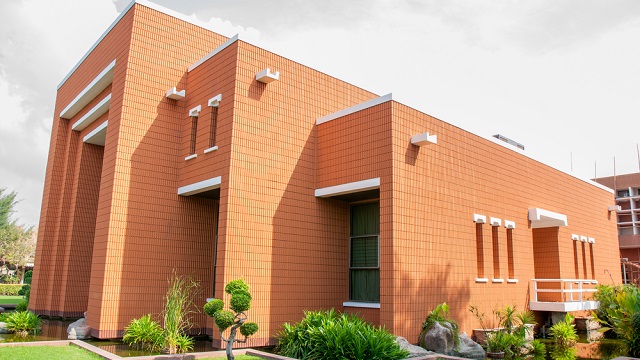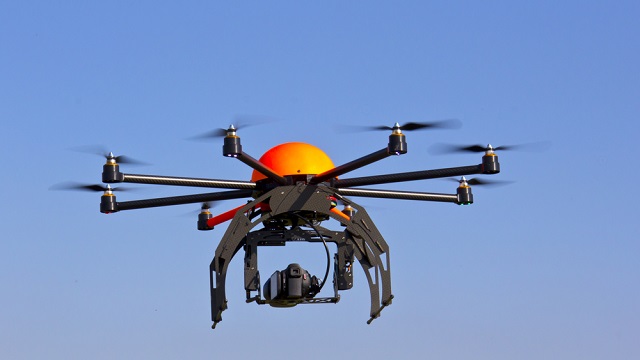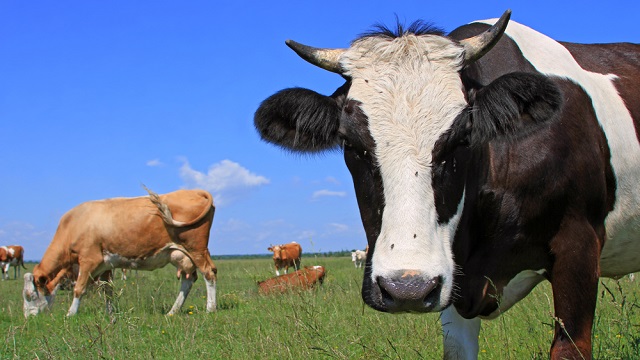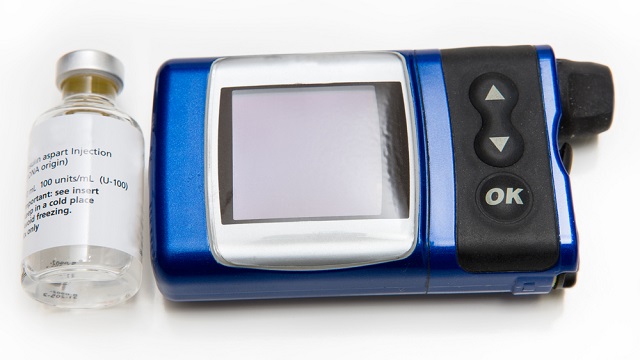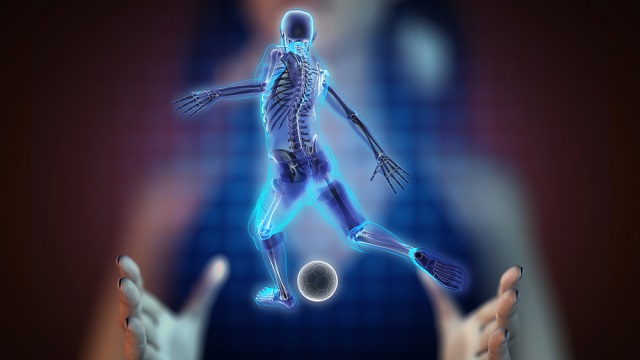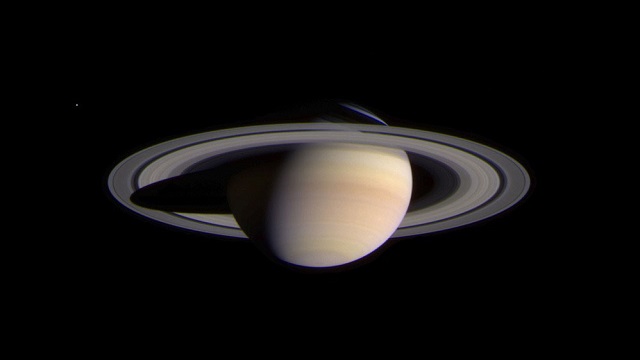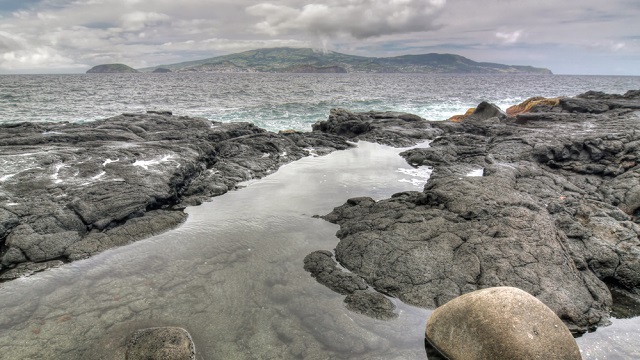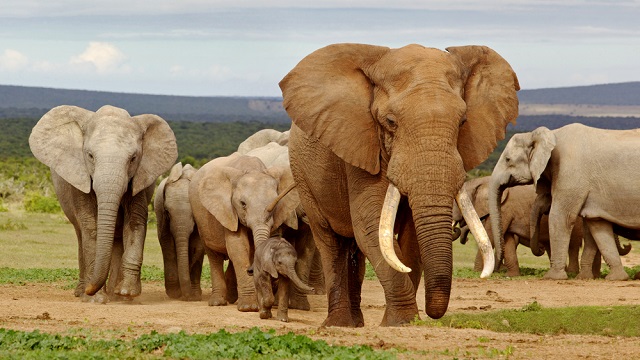Kecia Lynn
Kecia Lynn has worked as a technical writer, editor, software developer, arts administrator, summer camp director, and television host. A graduate of Case Western Reserve University and the Iowa Writers' Workshop, she is currently living in Iowa City and working on her first novel.
A Bitcoin payment processing company says that in the last two years, more than 8,000 mostly small businesses have signed up for their service. Some merchants say accepting the digital currency helps them stand out.
On Thursday (June 27) PayPal announced a new initiative that will research possible protocols for off-world currency transactions. With space tourism opportunities around the corner, it’s not so farfetched an idea.
New Yorkers no longer have to worry about recovering lost or stolen keys: KeyMe automated kiosks can provide replacements at any time from a stored digital copy.
A plant at the southern tip of Spain is the first to purposely cultivate algae from wastewater in order to create clean gas for garbage trucks and other vehicles.
The Human Bionic Project catalogs all the FDA-approved prosthetics and other bionic devices currently available. Its creator says it should serve as a starting research point for amputees and others, and will grow with input from the public.
Create It Real, which also manufactures 3D printer components, says its software — which currently only works on its hardware — is able to detect a gun schematic and prevent it from printing.
Scientists are warning that the area of oxygen-deprived water created as a result of agricultural runoff could grow to as much as 8,561 square miles this year, an area about the size of New Jersey.
The Suomi NPP satellite has created the highest-resolution map of the world’s vegetation to date. Not surprisingly, there’s more greenery, thanks to carbon emissions.
It’s the first arrangement of its kind to be discovered in the hunt for exoplanets that could support life. These planets are among several that orbit Gliese 667C, one star in a trinary star system.
A plastic pollution survey of the Great Lakes revealed that three of the five contain dangerously high concentrations of “perfectly spherical plastic balls” of the type found in face and body scrubs.
This week Harvard University unveiled a database of 2.3 million carbon-based materials, including over 35,000 out of which some could eventually match silicon’s energy conversion ability.
The group displays photos of inappropriate behavior in the hope that doing so will end a longstanding tradition of exploiting freshmen that has led to injuries and deaths.
Nippon Television Network is working with other organizations to provide elder-care monitoring services that will, for example, alert relatives if a family member doesn’t change their channel for an extended period of time.
A new study indicates an uptick in the number of people who have paid to access certain news sites. However, many still prefer to get their news for free, with social media growing in popularity as a source.
Two Hollywood studios have shortened the window between theatrical and home entertainment distribution to as little as three weeks, giving customers the option of seeing movies at home while they’re still playing broadly in theatres.
The National Security Agency leak is only the latest in a series of events in which “super-users” have caused significant damage to a company or organization. What, if anything, can be done to prevent such rogue behavior?
Possibly hundreds of them are flying right now in a variety of commercial applications. Besides the illegality surrounding their taking pictures, officials are worried about their endangering people, property, or other aircraft.
Because it’s not all our fault: Almost a quarter of US methane emissions come from livestock in the form of burps and farts. Now, a study is looking into ways to reduce that output via selective breeding.
Next week, the government will grant licenses to two foreign mobile service providers, who will help it achieve its goal of bringing wireless coverage to at least 80 percent of the country by 2015.
A recent US Homeland Security alert calls attention to the vulnerability of pacemakers, insulin pumps, and other health equipment to malicious attacks. As devices become smaller and more efficient, more attention must be paid.
A graduate student at MIT’s Media Lab has designed a system that contains a super-cheap optical chip, which could help bring holographic technology to consumers within the next five years.
Forget solar energy: This weekend Vodafone will debut its new charger, which is made out of flexible thermocouple-based fabric and a plug. The charger comes in two forms: shorts pocket and sleeping bag.
Researchers at MIT modeled the inside of a bone and used software to create a design that could be read by a 3D printer. The resulting lightweight composite could be used in several different applications.
Two manufacturers of “smart windows” have affiliated with larger companies in recent months, indicating that this technology may finally become more widespread as commercial building owners seek to reduce energy costs.
Thanks to three solar panels and a large lithium ion battery pack, the stations can capture and store enough power to charge six phones at once and have plenty to spare.
A new US Forest Service study shows that through removing fine particles in the air, urban forests save an average of one life every year per city. In New York City alone, eight lives are saved annually on average.
The spacecraft currently in residence near Saturn will position itself to capture what our planet looks like from almost 900 million miles away. It’s the first-ever intentional photo session from deep space, which means we have time to dress up.
Scientists have detected fracturing of the ocean floor near the Iberian peninsula, signaling the movement of tectonic plates that could eventually close the distance between North America and continental Europe.
One way or another: This week the agency announced an ambitious plan to locate and monitor any asteroid — even the relatively small ones — that could pose a danger to the planet.
In an act of defiance against poachers and traffickers, the government will destroy five tons of seized ivory worth millions on the open market.











